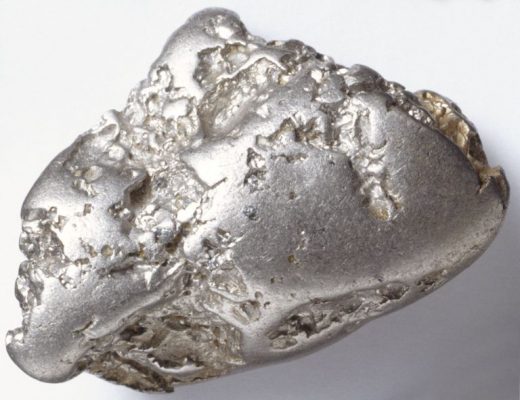Demand Outstrips Supply: Platinum Market Faces Second Year of Deficit Amid Strong Demand and Supply Challenges

In 2024, the platinum market is experiencing a significant deficit for the second consecutive year, according to the World Platinum Investment Council. This situation is primarily driven by robust demand and ongoing supply challenges. Despite these conditions, platinum prices have remained relatively stable.
By Ryan Chigoche
In the second quarter of 2024, global platinum demand rose by 13% year-on-year, reaching 2,421 koz. This increase was fueled by a remarkable 137% surge in investment demand and a 5% rise in the jewellery sector. Stable demand from the automotive and industrial sectors further contributed to the overall growth.
Demand is anticipated to continue its robust growth, with the jewellery sector leading the way, partly due to platinum’s price differential with gold. The automotive industry is significantly driving demand as platinum increasingly substitutes palladium, particularly with the rise of heavy-duty vehicles and hybridization trends. Overall, total demand is forecast to reach 8,118 koz in 2024, resulting in a substantial market deficit of 1,028 koz.
On the supply side, while mine production increased and secondary supply stabilized, total global supply still fell short, reaching only 1,958 koz. This resulted in a significant deficit of 464 koz. For the full year, total platinum supply is projected to decline by 1% compared to the already weak levels of 2023, dropping to 7,089 koz. This decrease is largely attributed to reduced refined production in key regions, including South Africa, Zimbabwe, Russia, and North America.
In response to these supply constraints, platinum prices rebounded to around $920 per troy ounce in September, the highest in two months. Expectations of lower supply and declining global interest rates have enhanced the appeal of precious metals. Bloomberg forecasts suggest that the average platinum price will be $957.33 per ounce in 2024, before climbing to $1,005.42 per ounce in 2025.
In Zimbabwe, operating PGM mines—Zimplats, Unki, and Mimosa—are majority-owned by South African companies and have been involved in various expansion and new mine development projects, despite weakening commodity prices.
To boost production, Zimbabwe’s largest platinum producer, Zimplats, is progressing according to plan with its capital projects aimed at expanding capacity.
Under its US$1.8 billion capital expenditure investment, Zimplats’ strategy includes the development of new mines, the expansion of its smelter, the construction of an additional concentrator, a base metal refinery, a sulfuric acid plant, and the establishment of a 110-megawatt solar power plant.
Additionally, Karo Platinum Holdings is moving ahead with the development of its platinum mine despite falling PGM prices, with US$100 million already spent on mine infrastructure development.
The mining company’s project in Zimbabwe is an open-pit platinum group metals (PGMs) asset under construction, with a projected cost of US$391 million for phase 1.
According to GlobalData, Zimbabwe was the world’s third-largest producer of platinum in 2023, with output up by 6% compared to 2022. Over the five years leading up to 2022, production in Zimbabwe increased by a compound annual growth rate (CAGR) of 0.8% and is expected to rise by a CAGR of 3% between 2023 and 2027.


